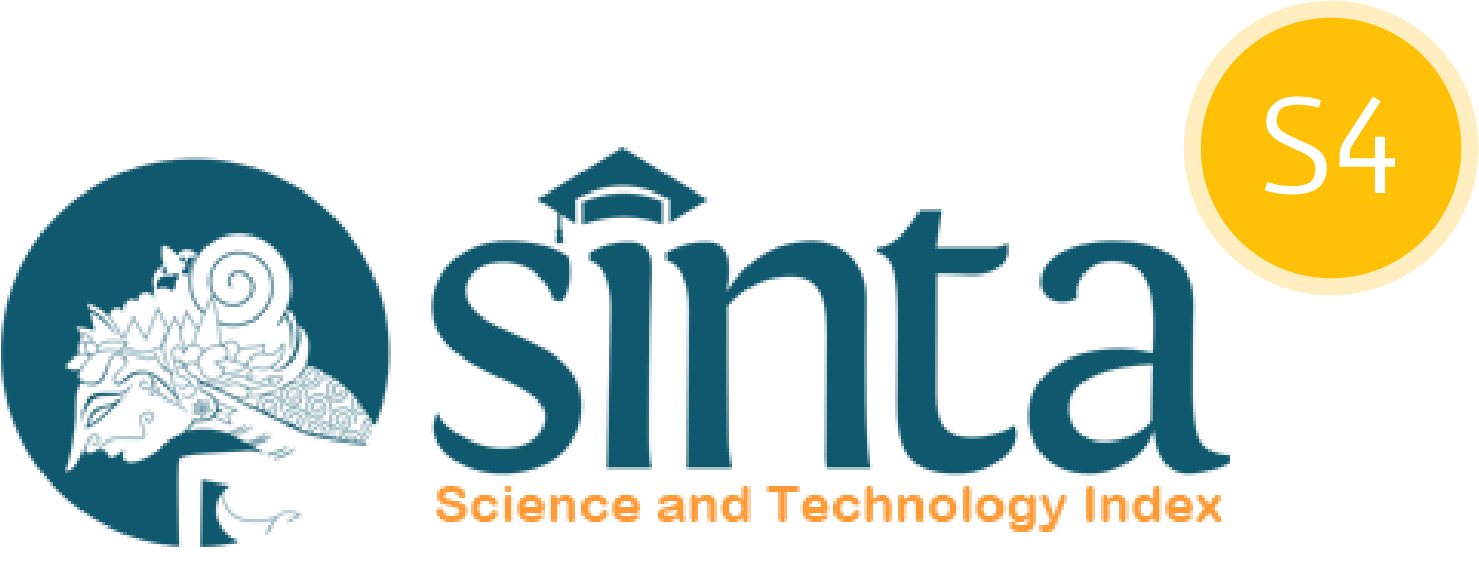Utilization of Biogas Energy for Pasteurization in Sembalun Mushroom Initiative
DOI:
10.29303/ujcs.v6i3.1174Published:
2025-09-30Issue:
Vol. 6 No. 3 (2025): SeptemberKeywords:
Mushrooms, Biogas, Pasteurization, Disaster Resilience, SembalunArticles
Downloads
How to Cite
Downloads
Metrics
Abstract
The Sembalun Mushroom Initiative aims to strengthen food security and resilience to disasters in Sembalun Bumbung and circumstance villages through the utilization of biogas energy for the pasteurization process of mushrooms. These areas are prone to disasters, making the supply of food and sustainable energy a major challenge. The project utilizes cow dung waste as an environmentally friendly biogas source to support pasteurization and mushroom cultivation. Traditionally, mushroom pasteurization processes still use firewood, which triggers deforestation, high carbon emissions, and health risks from smoke. The community service team from the University of Mataram has developed biogas technology as an alternative solution. The biogas installation at the At-Tazkiyah Islamic Boarding School was completed in May 2024 and began operating in July 2024, thereafter a mushroom house has been built for mushroom cultivation in early 2025. During this community service project, a gas pasteurization system is installed and used for pasteurization, followed by training and capacity building for the community in utilizing green energy sources. The aim is to introduce a transition to environmentally friendly technologies, as well as to support innovation, sustainability, and community engagement. The activities are an international collaboration between the Postgraduate Program and the Faculty of Engineering at University of Mataram and the Fatoni University in Thailand. It is expected to expand Unram's international exposure and strengthen cooperation between countries.
References
Rathod, A., Prajapati, B., & Solanki, H.A. (2024). Impact of Different Substrate Sterilization Methods in Pleurotus Sp. Mushroom Cultivation: A Comprehensive Review. International Research Journal of Modernization in Engineering Technology and Science, 6(4).
Magaña, J., & Shimizu, N. (2022). Submerged Pasteurization of Substrate for Pleurotus ostreatus Cultivation InVitro. Paper presented at the XX CIGR World Congress 2022, December 5 - 9, 2022, Kyoto International Conference Center, Kyoto, Japan.
Bermuli, J.E, Irawati, W., & Tammu, R.M. (2022). The Effect of Pasteurization Stage on The Production of Straw Mushroom (Volvariella Volvacea, Bull. Ex. Fr./Sing.). Jurnal Biologi Lingkungan, Industri dan Kesehatan, 8(2).
González, A.A.M., Zafra, L.M.C., Bordons, A., & Porrata, B.R. (2022). Pasteurization of Agricultural Substrates for Edible Mushroom Production. Journal of Microbiology Biotechnology and Food Sciences, 12 (1) e5729.
Grimm, D., Sonntag, E., & Rahmann, G. (2024). Evaluation of Different Pasteurization and Sterilization Methods for Oyster Mushroom Substrates. Journal of Microbiology Biotechnology and Food Sciences, 13 (5) e10428.
Javed, M.A., Nawaz, M., Ali, B., Azam, M., Ercisli, S., Tirasci, S., & Ahmed, A.E. (2024). Volvariella volvacea (Paddy straw mushroom): a mushroom with exceptional medicinal and nutritional properties. Heliyon, 10 (2024) e39747.
Pisarek, I. (2024). Ecological Scheme: Straw - Mushrooms - Biomass - Straw, Meaning from the Field to the Mushroom Farm and Back to the Field. Ecol Chem Eng S.,31(2):267-279.
Olawale, O.O., Oke, O.S., Adisa, A.S., Oloba, O.G., & Odediran, F.A. (2024). Assessment of constraints to mushroom production and scientific training needs of mushroom farmers in Oyo state Nigeria. UNIZIK Journal of Engineering and Applied Sciences 3(5), 1317 – 1323.
Author Biographies
Teti Zubaidah, Magister of Disaster Mitigation, Postgraduate Program, University of Mataram, Mataram, Indonesia
Rosmaliati, Electrical Engineering Dept., Engineering Faculty, University Mataram, Mataram, Indonesia
Joni Rokhmat, Doctor of Science Education, Postgraduate Program, University of Mataram, Mataram, Indonesia
Muntari, Magister of Science Education, Postgraduate Program, University of Mataram, Mataram, Indonesia
Zakee Niseng, Department of Research and Development of Halal Products, Faculty of Science and Technology, Fatoni University, Thailand
Nurcahaya, Magister of Disaster Mitigation, Postgraduate Program, University of Mataram, Mataram, Indonesia
Ramdani Saputra, Magister of Disaster Mitigation, Postgraduate Program, University of Mataram, Mataram, Indonesia
Lalu Muhamad Roviq Akbar, Electrical Engineering Dept., Engineering Faculty, University Mataram, Mataram, Indonesia
I Wayan Gunada, Doctor of Science Education, Postgraduate Program, University of Mataram, Mataram, Indonesia
X Zardht Alex Hidayat, Magister of Science Education, Postgraduate Program, University of Mataram, Mataram, Indonesia
License
Copyright (c) 2025 Teti Zubaidah, Rosmaliati, Joni Rokhmat, Muntari, Zakee Niseng, Nurcahaya, Ramdani Saputra, Lalu Muhamad Roviq Akbar, I Wayan Gunada, X Zardht Alex Hidayat

This work is licensed under a Creative Commons Attribution 4.0 International License.
You are free to:
- Share — copy and redistribute the material in any medium or format for any purpose, even commercially.
- Adapt — remix, transform, and build upon the material for any purpose, even commercially.
The licensor cannot revoke these freedoms as long as you follow the license terms.
Under the following terms:
- Attribution — You must give appropriate credit, provide a link to the license, and indicate if changes were made. You may do so in any reasonable manner, but not in any way that suggests the licensor endorses you or your use.
- No additional restrictions — You may not apply legal terms or technological measures that legally restrict others from doing anything the license permits.
Notices:
You do not have to comply with the license for elements of the material in the public domain or where your use is permitted by an applicable exception or limitation.
No warranties are given. The license may not give you all of the permissions necessary for your intended use. For example, other rights such as publicity, privacy, or moral rights may limit how you use the material.




